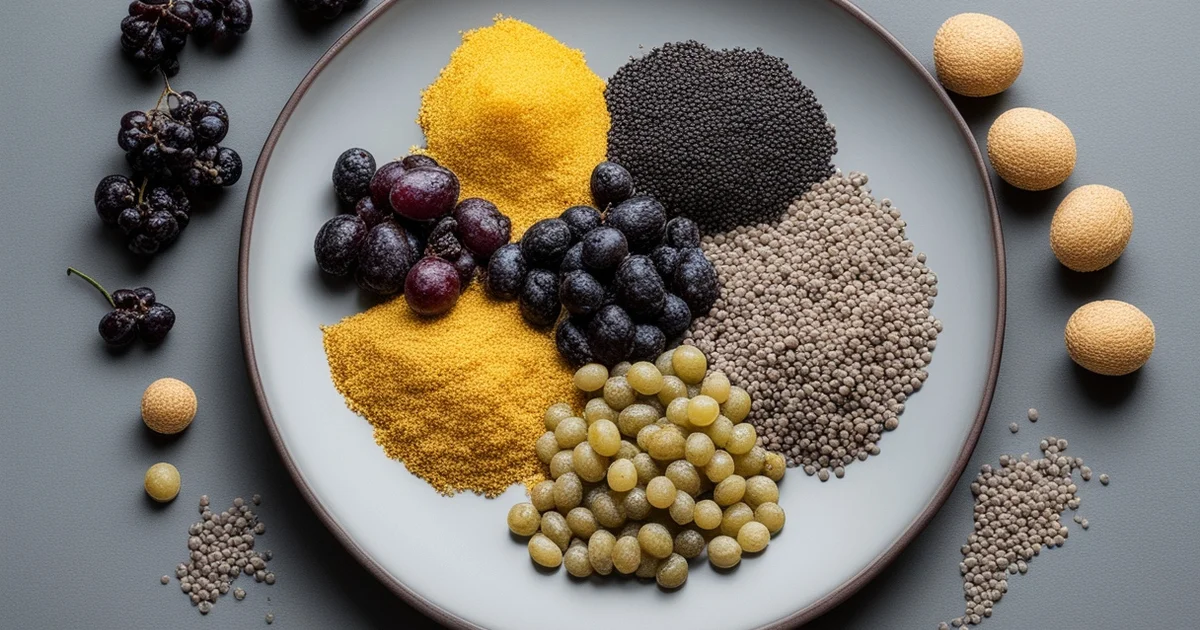Measuring Small Volumes for Humans
There are lots of reasons we need to measure and compare small volumes in everyday life: cooking, medicine, gardening, and more. In the US, teaspoon/tablespoon/cup/pint/quart is the standard method (as odd and historically-bound as it is), and most people have an intuitive understanding of what a tablespoon of something looks like. But what about smaller things? If a medication says to apply about 1ml, how much is that? I think the worst is to apply a cream or shampoo “about the size of a quarter” because it doesn’t specify how thick it is — especially since creams spread as they settle. Or if you’re reading about Lyme disease, how big is a 2mm deer tick? I expect you can think of more examples like this.
I’ve always thought that using seeds is a good way to get an intuition of the sizes of small things, so I figured I’d make a chart. Here’s a few common things you’re likely to have an intuition about. Turns out a deer tick is about the size of a sesame seed (small larvae may be as small as a poppy seed), and a “dollop” of cream (maybe 2 tablespoons?) is probably the volume of a walnut (about 30-40 ml).
| What | Diameter (mm) | Volume (ml) | Volume (tsp) | |--------------+---------------+-------------+--------------| | Mustard seed | 0.5 | 0.0001 | 0.0000 | | Poppy seed | 1 | 0.0005 | 0.0001 | | Sesame seed | 2 | 0.0042 | 0.0009 | | Lentil | 4 | 0.033 | 0.0068 | | Pine nut | 5.5 | 0.087 | 0.017 | | Pea (spring) | 7 | 0.18 | 0.036 | | Corn kernel | 8 | 0.27 | 0.054 | | Raisin | 12 | 0.90 | 0.18 | | Grape | 20 | 4.18 | 0.84 | | Walnut | 40 | 33 | 6.7 |
I hope that’s useful!
(I didn’t put rice grains in here because they vary so much in size, and they’re quite elliptical. But for completeness, US long grain rice is around 0.025 ml, so between a sesame seed and a lentil.)
